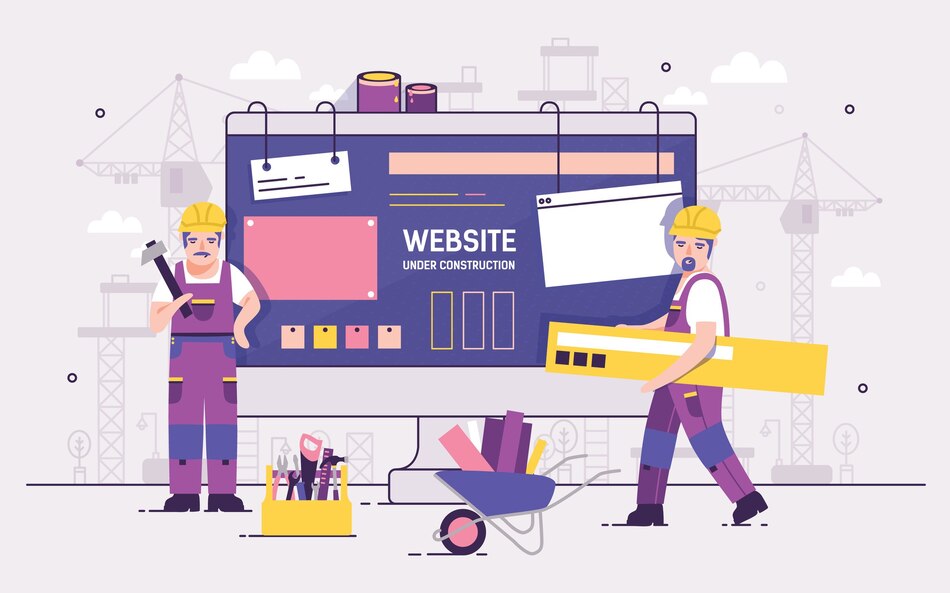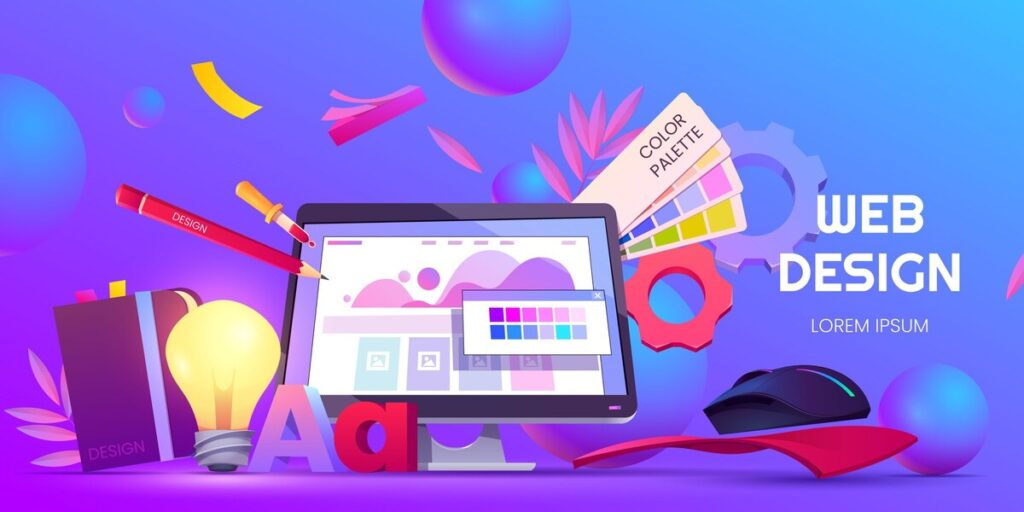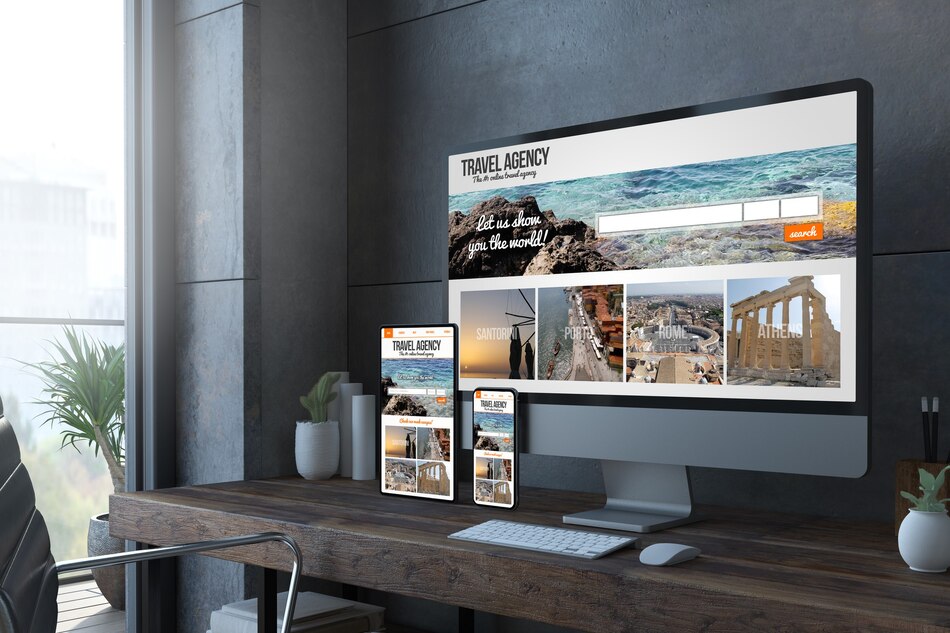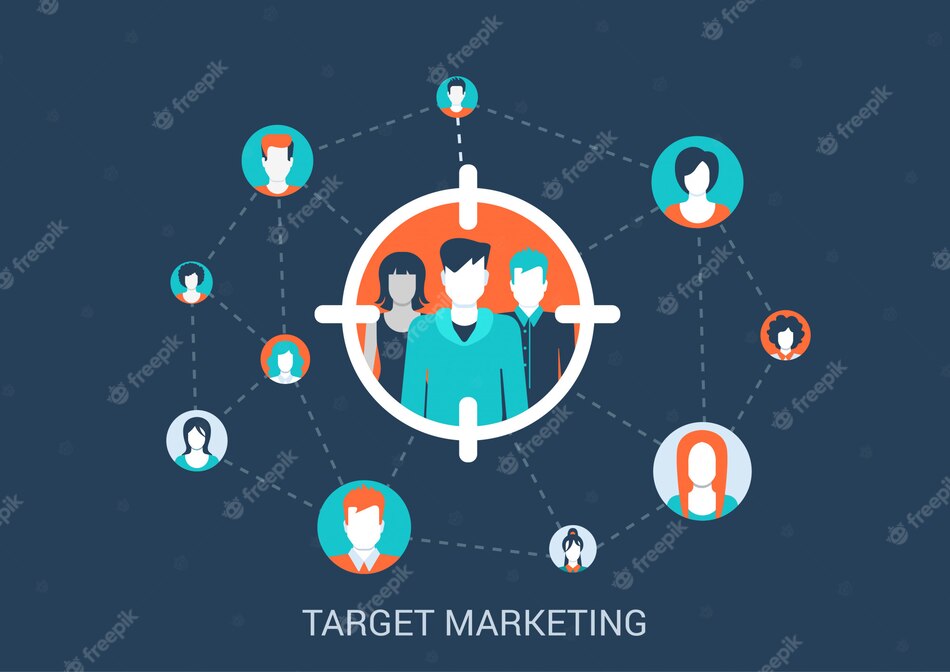
B2C website examples are websites that sell products or services directly to consumers.
B2C websites are different from B2B websites, which sell to other businesses, or C2C websites, which facilitate transactions between consumers.
B2C websites need to be attractive, user-friendly, and persuasive to convince visitors to buy from them.
In this article, we will show you the 10 best B2C website examples that you can use as inspiration for your next project.
We will also explain what makes them stand out and how they use web design best practices to achieve their goals.
Whether you are looking for a new website or want to improve your existing one, these examples will give you some ideas on how to create a successful B2C website.
1. Amazon
Amazon is the world’s largest online retailer, offering millions of products across various categories.
Amazon’s website is designed to make shopping easy and convenient for customers.
It has a simple and clean layout, with a prominent search bar and navigation menu at the top.
It also features personalized recommendations, reviews, ratings, and deals to help customers find what they need and trust the quality of the products.
Amazon’s website is optimized for mobile devices and has a fast and secure checkout process.
2. Netflix
Netflix is the leading streaming service that provides unlimited access to movies, TV shows, documentaries, and more.
Netflix’s website is focused on delivering a great user experience and encouraging subscriptions.
It has a dark and minimalist design that highlights the content and creates a cinematic feel.
It also uses a grid layout to display the categories and genres of the content and allows users to browse by popularity, rating, or release date.
Netflix’s website adapts to different screen sizes and devices and has a clear and simple sign-up process.
3. Spotify
Spotify is a popular music streaming service that lets users listen to millions of songs, podcasts, and playlists.
Spotify’s website is designed to showcase its features and benefits and persuade visitors to join its platform.
It has a vibrant and colorful design that reflects its brand identity and personality.
It also uses catchy headlines, icons, images, and animations to convey its value proposition and highlight its advantages over competitors.
Spotify’s website is responsive and easy to navigate and has a smooth and straightforward sign-up process.
4. Airbnb
Airbnb is a global marketplace that connects travelers with hosts who offer unique accommodations and experiences.
Airbnb’s website is designed to inspire travelers and help them discover new destinations and possibilities.
It has a modern and elegant design that uses high-quality photos and videos to showcase the properties and experiences available on its platform.
It also uses filters, maps, reviews, and ratings to help users find the best options for their needs and preferences.
Airbnb’s website is mobile-friendly and has a secure and hassle-free booking process.
5. Nike
Nike is a leading sports brand that sells footwear, apparel, equipment, and accessories.
Nike’s website is designed to showcase its products and promote its brand image.
It has a sleek and stylish design that uses bold colors, fonts, and graphics to create a dynamic and energetic look.
It also uses interactive elements, such as sliders, videos, animations, and hover effects, to engage users and highlight its features and benefits.
Nike’s website is responsive and easy to use and has a quick and convenient checkout process.
6. Starbucks
Starbucks is a famous coffee chain that offers a variety of beverages, food items, and merchandise.
Starbucks’ website is designed to connect with its customers and build loyalty.
It has a warm and cozy design that uses earthy tones, textures, and images to create a welcoming and inviting atmosphere.
It also uses storytelling, testimonials, social media feeds, and rewards programs to communicate its values and mission and foster a sense of community among its customers.
Starbucks’ website is optimized for mobile devices and has a simple and user-friendly ordering process.
7. Apple
Apple is a renowned technology company that produces innovative products such as iPhones, iPads, Macs, and more.
Apple’s website is designed to showcase its products and demonstrate its quality and excellence.
It has a minimalist and elegant design that uses white space, contrast, and symmetry to create a sophisticated and professional look.
It also uses stunning photos, videos, diagrams, and animations to display its products and explain its features and functions.
Apple’s website is responsive and easy to navigate and has a seamless and secure checkout process.
8. Zappos
Zappos is an online shoe and clothing retailer that offers a wide selection of brands, styles, and sizes.
Zappos’ website is designed to make shopping fun and enjoyable for customers.
It has a colorful and cheerful design that uses bright colors, fonts, and icons to create a friendly and playful tone.
It also features customer service, free shipping, free returns, and a 365-day return policy to ensure customer satisfaction and loyalty.
Zappos’ website is mobile-optimized and has a fast and simple checkout process.
9. Etsy
Etsy is an online marketplace that connects buyers and sellers of handmade, vintage, and unique goods.
Etsy’s website is designed to showcase its products and celebrate its community.
It has a creative and quirky design that uses pastel colors, patterns, and illustrations to create a whimsical and charming feel.
It also uses stories, reviews, ratings, and social media integration to highlight its sellers and their products and encourage trust and interaction among its users.
Etsy’s website is responsive and easy to browse and has a secure and flexible payment process.
10. Sephora
Sephora is a leading beauty retailer that offers a variety of cosmetics, skincare, haircare, and fragrance products.
Sephora’s website is designed to provide a personalized and interactive shopping experience for customers.
It has a glamorous and chic design that uses black, white, and pink colors to create a sophisticated and feminine look.
It also uses quizzes, filters, recommendations, reviews, ratings, and samples to help customers find the best products for their needs and preferences.
Sephora’s website is mobile-friendly and has a smooth and convenient checkout process.
Conclusion
These are some of the best B2C website examples that you can learn from and get inspired by.
As you can see, each of these websites has a unique design and style that suits its brand identity and target audience.
They also use web design best practices to create a user-friendly, attractive, and persuasive website that converts visitors into customers.
If you are looking for a professional web design service to create or improve your B2C website, look no further than us.
We are a team of experienced web designers who can help you create a stunning and effective B2C website that meets your goals and expectations.
Contact us today to get started!













